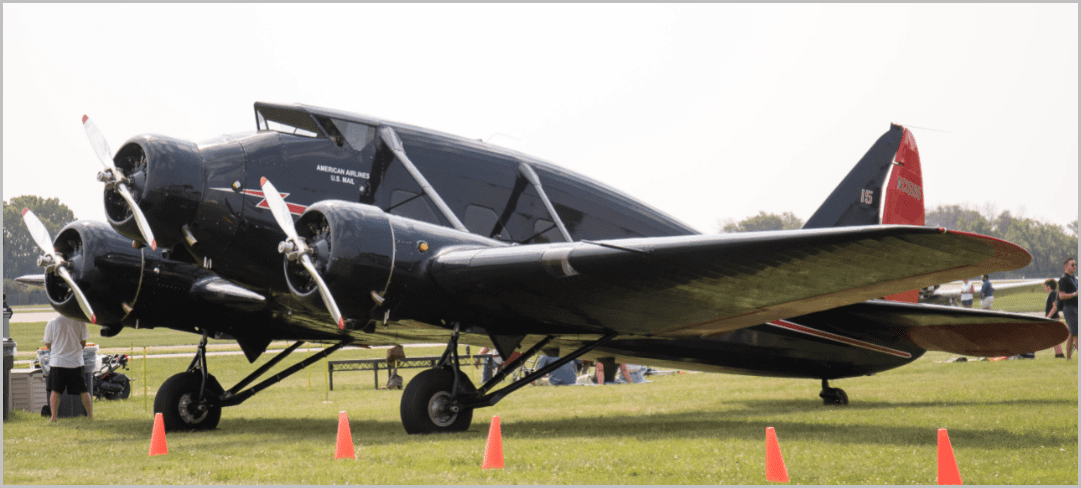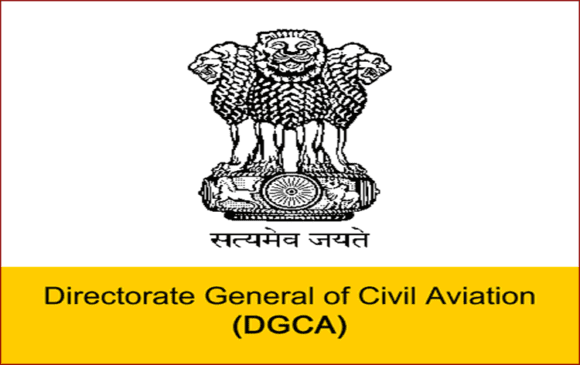
7 30 2021 8 39 51 AM
We’ve just returned from EAA AirVenture 2021, and the show, as always, was an interesting trip around all things aviation. Most importantly, it was a great opportunity to see old friends in person, and not on Zoom – but in real life. While Zoom is a substitute, it cannot replace the real thing, and Oshkosh is about as real as it gets. Watching the airshow, aerobatics, and warbirds is always fun as well.
One of the key players in the industry asked us why we were at Oshkosh, as we normally cover the “big iron” flown by the airlines. The answer is simple – innovation. There is always something new at Oshkosh, and smaller aircraft and innovative companies featured at Oshkosh often become the proving ground for big ideas that later migrate to larger aircraft.
One example is the Collier Trophy-winning Autoland system from Garmin, which is now installed on several different aircraft types. Should a pilot become incapacitated, a passenger can press a single button that activates the system and enables the aircraft to safely land at the nearest logical airport. That system is not simply an add-on, but an Artificial Intelligence interface to a number of systems on the aircraft, from the radio and transponder to the autopilot to throttles to landing gear to flaps to brakes that enable the aircraft to descend, approach, land, and safely stop the aircraft and save the lives of passengers. There’s a lot going on behind the scenes integrating multiple systems to seamlessly work together to bring an aircraft with an incapacitated pilot down safely.
Remember two decades ago when Garmin was something you stuck on the windshield of your car to provide directions to a destination but had nothing to do with aviation? Several innovative and integrated flight decks later, they are a leader in general aviation and business aircraft, and soon will be knocking on the doors of Boeing and Airbus with more innovative systems than the incumbent players. You saw it first at EAA.
Someday, when single-pilot operations become possible from a regulatory standpoint, we will have systems that enable commercial aircraft to have the same single button technology. You saw it at Oshkosh first.
Innovation is happening on many fronts, including Urban Air Mobility. The Volocopter Volocity made its first public crewed flight at Oshkosh in 2021, demonstrating the disruptive nature of electric-powered Urban Air Vehicles. Can’t wait to grab one of these rather than be stuck in LA traffic. You saw it fly first at Oshkosh.
More importantly, the environmental impacts on aviation will be developed, prototyped, tested, and migrate upward from the smaller aircraft seen at Oshkosh. We’ve already seen electric Caravans at Oshkosh a couple of years ago that turned into an order for 150 aircraft for a regional airline as our industry begins the transition to an alternative to fossil fuels.
SAF will be the first interim step, and the industry at Oshkosh is solidly behind making SAF more available, cheaper, and useable than ever before. The demand is already here, with virtually every drop of SAF currently in production or planned already spoken for. The need for investment and moving down the learning and cost curves is clear, with the aviators at Oshkosh among those leading the charge.
Issues like battery weight favor smaller aircraft, which require less power than long-range intercontinental jets. Batteries, albeit heavy, do work for smaller aircraft, and innovators such as Pipistrel and Bye Aerospace are present at Oshkosh. The questions all of us want to know- how we can extend these green concepts to larger aircraft – will likely be demonstrated here first.
Hydrogen is one of the concepts for green aviation, and will also be evaluated first in smaller aircraft before it can power the next generation at Airbus by 2035. Airbus ZeroE concepts include a hydrogen-hybrid turboprop, and blended wing body, and more conventional turbofan aircraft, with a liquid hydrogen storage and distribution system and hydrogen hybrid turbofan engines. It is likely that Oshkosh will see small aircraft that are proof of concept experimental aircraft long before these concepts are mature enough for production. The R&D efforts that create the breakthroughs that can change an industry often begin with the smaller players that populate Oshkosh.
It all comes back to the title of EAA – the Experimental Aircraft Association. Experimental aircraft are the proving ground for innovations that will move the industry forward, particularly as we face head-on the next generation of environmental challenges. It is in Oshkosh that we’ll likely see hybrid-electric engine combinations moving from the R&D labs to actually flying on aircraft, proving the feasibility of new concepts.
Experiments are how we innovate, and the climate and resultant political pressures will require more innovation than ever as we cut carbon emissions substantially by 2035 and even more by 2050. EAA’s AirVenture remains both a center for innovation, a celebration of aviation’s history of innovation, and a fun place to learn about what’s coming next in aerospace.
Views: 3







